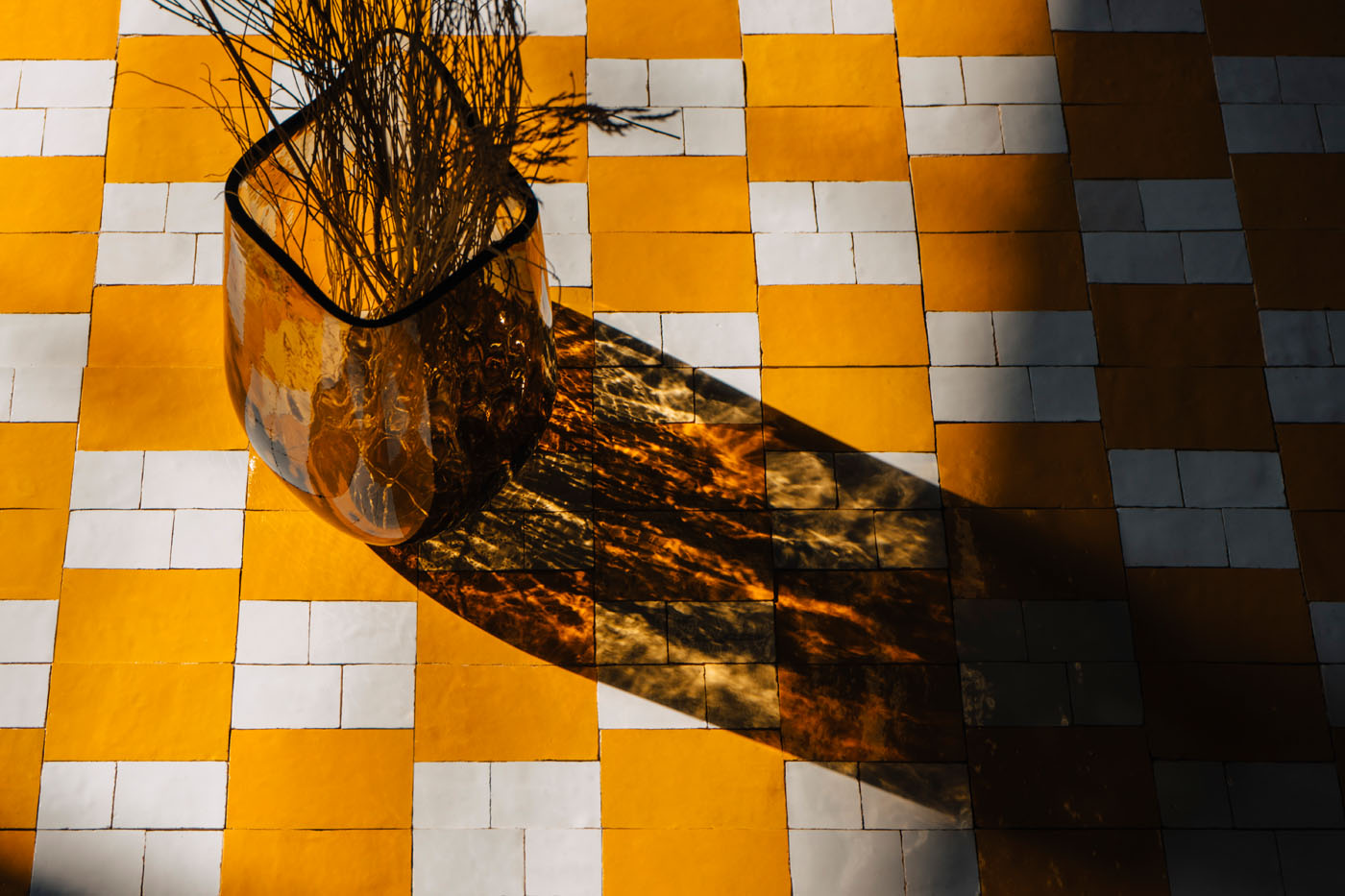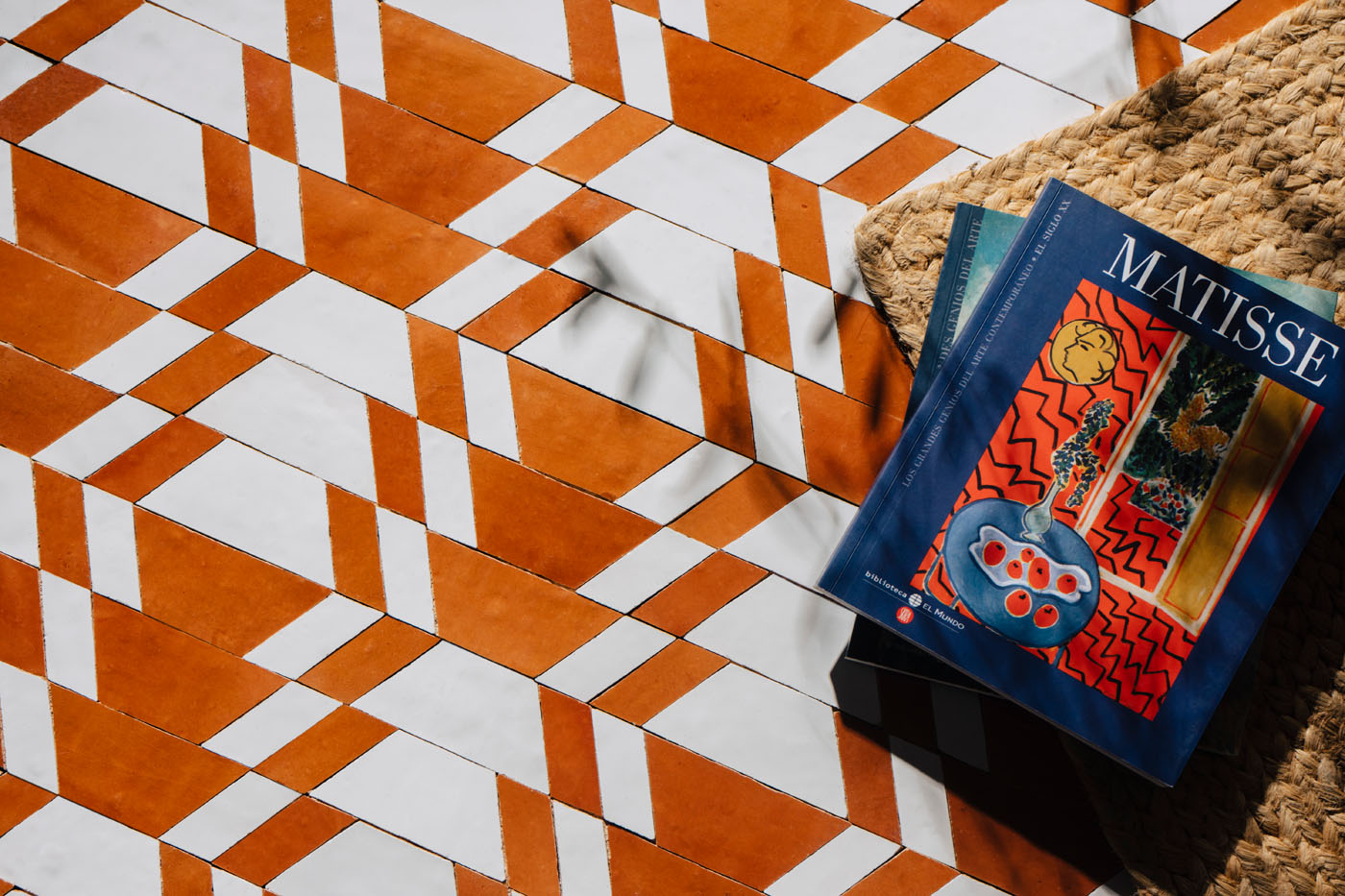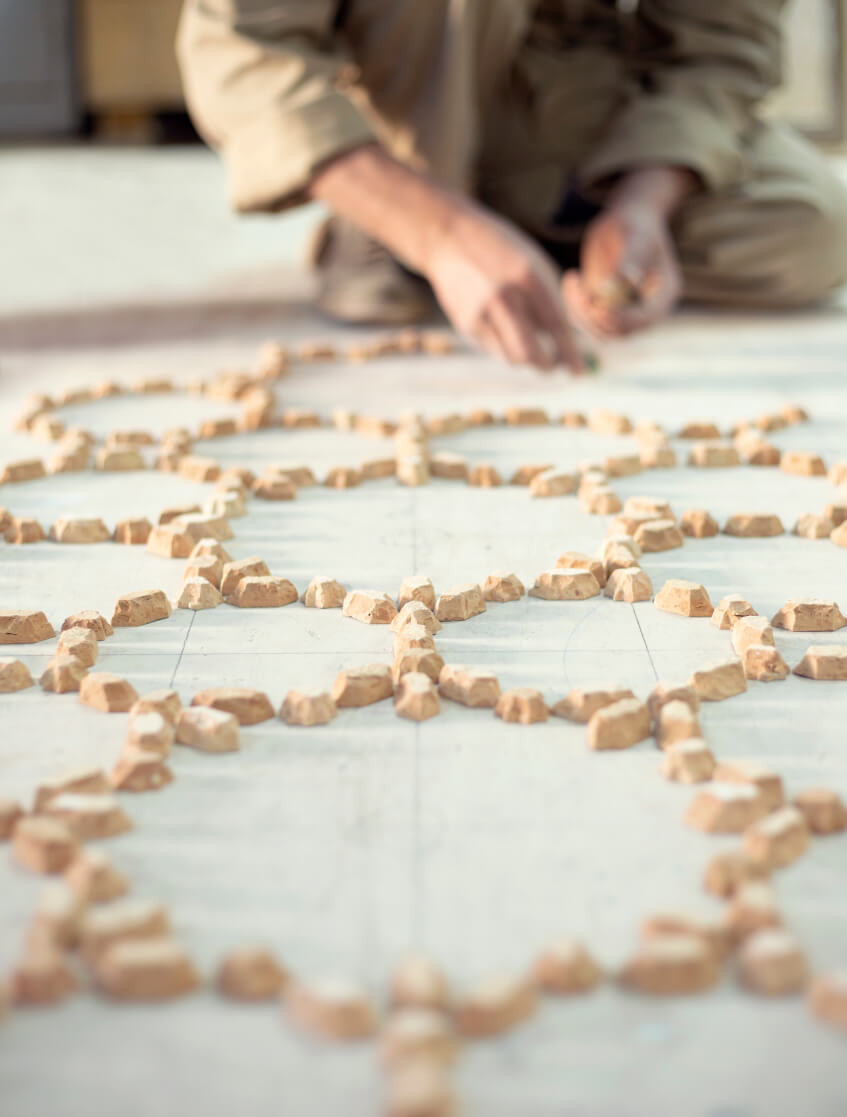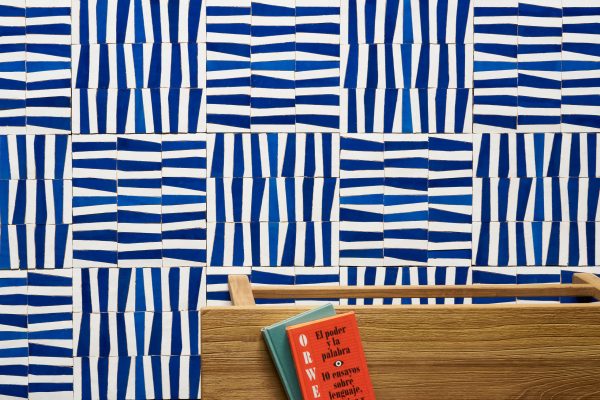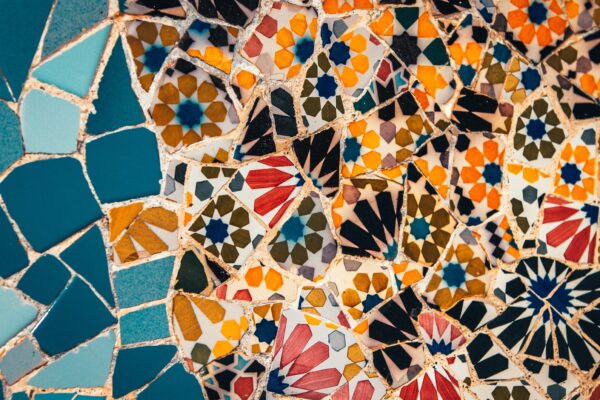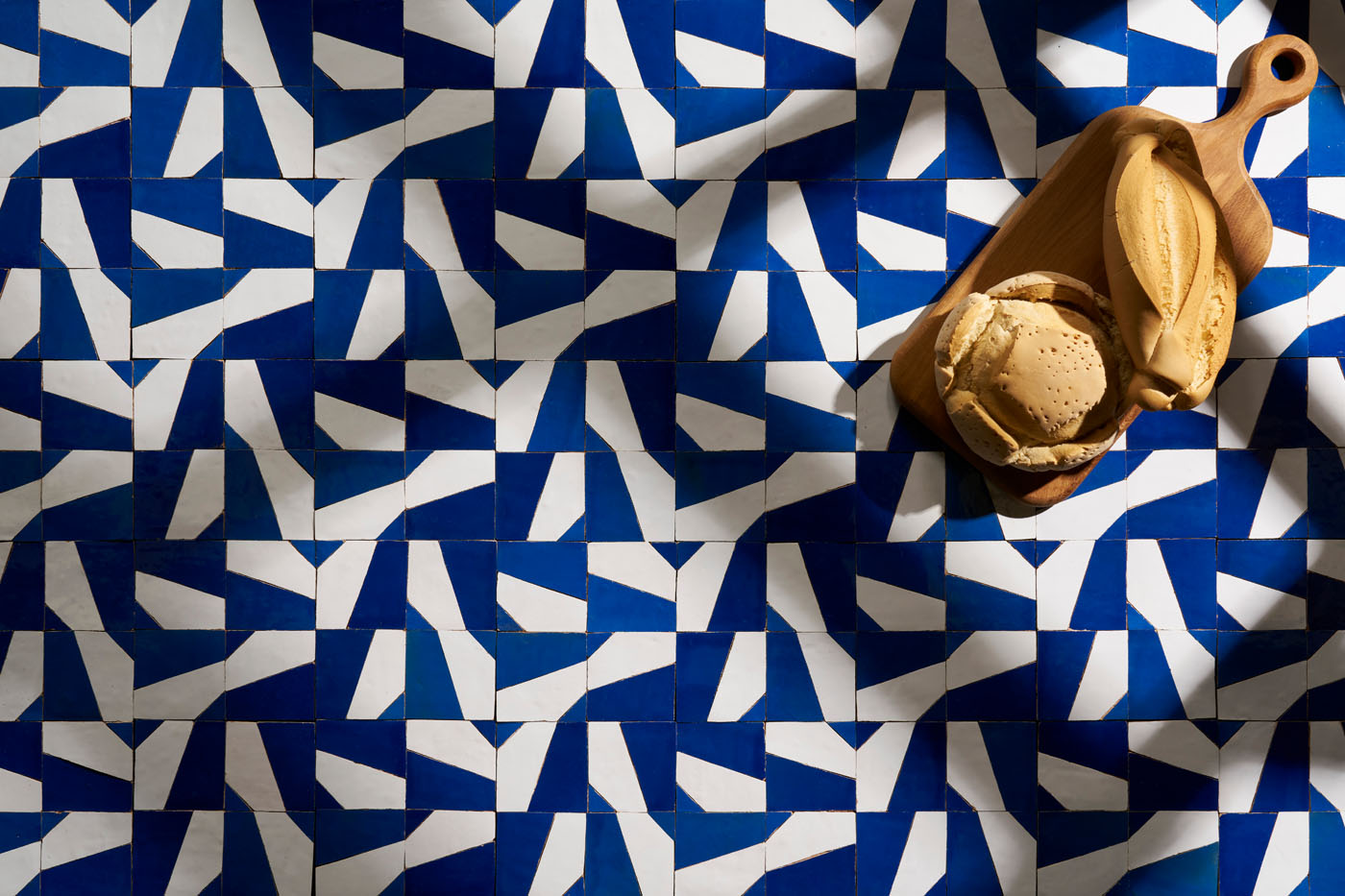
Examples of zellige in the world: the Madrasa of Fez, the Alcazar of Seville and the Alhambra of Granada
Let's take a look at some of the most iconic and spectacular examples of zellige in our monumental heritage
Zellige is one of the most characteristic and striking architectural manifestations of the Mediterranean basin. As we explained in this article, zellige is a tile technique originating in the Maghreb (the North strip of African countries, i.e Morocco, Algiers, Tunisia, and to some extent Libya). It consists of a mosaic of tiles that are glazed, cut and polished by hand, and then assembled with geometric patterns without any cracks in between them.
This year we are proud to present the collection Mediterránea of zellige, in collaboration with the artisan atelier Aït Manos in Casablanca, the real experts in this type of tilework. Our collection is a modernized version of traditional Moroccan tiles. And while we love the modern possibilities of this technique, we can’t help but be in awe of some of the most emblematic examples of these mosaics.
In the Moroccan monuments: the Madrasa of Fez
In the city of Fez, we find some of the most beautiful examples of classical zellige in the world. We speak, specifically, of the Madrasa (or “school”) of Bou Inania.
It is a fascinating building, worthy of knowing and investigating. Its construction began in the fourteenth century, and is one of the most important examples of Marinid architecture (a tribe of nomadic origin that ruled during this century some parts of what is now Morocco and Andalusia).
The madrasa has a main courtyard with two prayer rooms on either side, and an ablutions fountain in the middle. A discreet second floor houses the gallery that surrounds the courtyard, where the rooms and bathrooms of the students who reside there are located.
The entire first floor columnatta, around the courtyard, is tiled two meters from the traditional zellige floor. Although the building has undergone several restorations and remodeling throughout its history, and some of these Moroccan tiles are not the original 14th century ones, the patterns and color scheme of the traditional zellige have been respected, which finds in these walls its most intricate and sophisticated expression.
Seville’s Alcazar: the most iconic tiles of southern Spain
Although locals often refer to them as “tiling”, the iconic mosaics that adorn the walls of the Real Alcázar of Seville are one of the most recognizable representations of zellige in our monumental heritage.
The complex but impeccable pattern in the form of diamonds and stars of the Hall of the Ambassadors or the Patio of the Maidens is replicated all throughout the city. It is a design that any Sevillian recognizes immediately, and that also follows (or determines, who knows) the color palette of the city itself.
The zellige of the Real Alcázar, also originating from the 14th century (and this is, to a large extent, the original), coexists with other manifestations of Sevillian tilework, from other styles and periods. Especially relevant are the painted tiles commissioned by Philip II in the sixteenth century, which cover the walls of the Sala de las Bóvedas.
The good state of conservation of all the tiles of the Alcázar (zellige and painted), allows us to observe in a diachronic way the evolution of tile work in the city. A real privilege in the era of the ephemeral.
The Alhambra of Granada, an assortment of zellige examples
The Alhambra in Granada is one of the most emblematic and impressive landmarks of our geography (not for nothing it gives its name to one of our glazed tiles pieces with more personality).
Visiting this imposing monument of Granada while keeping our attention on the tiling is a fascinating experience, because from one room to another we find totally different applications. Sometimes even within the same room.
In the Mexuar room we find very complicated patterns in the form of sixteen-piece wheels, the work of the original architects (the Nasrids of the 13th century). This is one of the most complex examples of zellige in the entire monument. In the same room, the wheels coexist with a simple rhomboidal pattern from the Christian period in the 16th century.
In the Comares room, colored ribbons encapsulate glazed tiles with calligraphic pieces, constituting one of the most representative manifestations of Andalusian art. The variety of tiles in the Sala de la Barca, or the inlaid tiles in the Sala de los Reyes or the undulation of the iwares make the zellige of the Alhambra an authentic study of the possibilities offered by this tiling technique, unique in the world.
